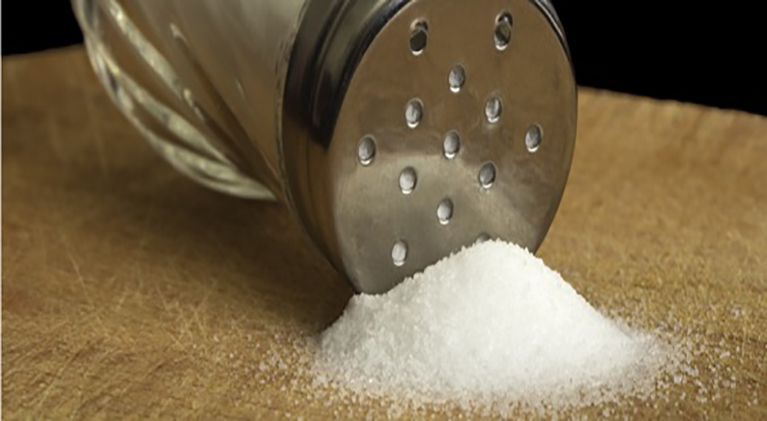We love salt. It’s everyone’s favorite seasoning and without it our food tastes boring and bland. But we eat too much of it. High levels of sodium have been linked to health problems like heart disease, high blood pressure, and stroke.
According to the Centers for Disease Control and Prevention, almost 90 percent of us consume more than the recommended amount of sodium. This isn’t a problem hiding the saltshaker will solve because the majority of the sodium we ingest comes from eating processed foods. Think frozen pizza, deli meats, and ready-to-eat meats.
The FDA has issued sodium reduction guidance to the food industry with the goal to reduce an individual’s consumption of sodium to 2,300 mg per day. But the guidance is voluntary and still in draft form.
But as consumers become more health conscience, many are checking out the labels on the products they buy, and putting back on the shelf anything with too much sodium. A good rule-of-thumb is if the amount of sodium is higher than the amount of calories per serving, it doesn’t go in the shopping cart.
Many food companies are exploring ways to reduce sodium, including manipulating the size and shape of salt crystals to increase “saltier taste” with less sodium, substituting other spices and flavors, and boosting the “umami” factor.
Sodium is also used as a food safety measure in many ready-to-eat products, since harmful bacteria have a hard time living in a sodium-rich environment. Meats have been cured with salt for centuries. So lots of the lunchmeat we take home from the deli counter would tip the sodium scale to the unhealthy side.
However, some ready-to-eat meat producers use high pressure processing (HPP) as a food safety measure and noticed they can reduce the amount of sodium in their products with no effect on taste. This makes for a cleaner label as well as one with a significant reduction in sodium.
Many ready-to-eat meal producers using HPP have noticed a similar effect in their recipes, making for healthier choices all around.

